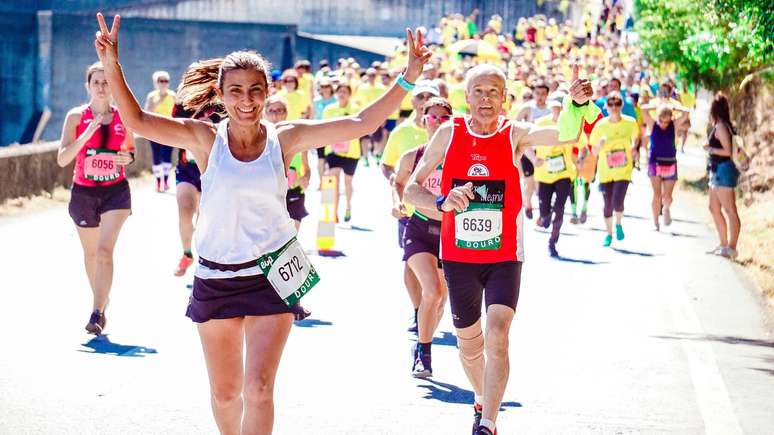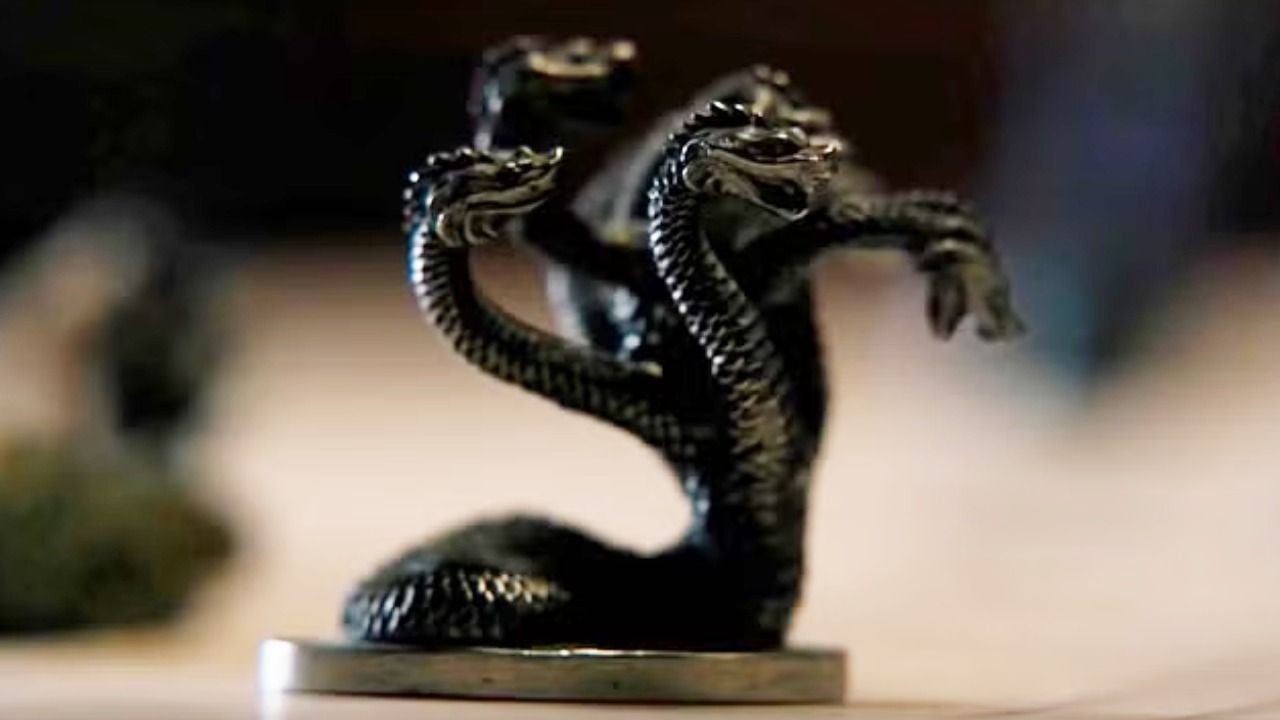Do you want to start running? Discover the preparation and training steps!
Have you been enchanted by São Silvestre and now you want to tackle your first kilometers in a marathon? Regardless of whether these are long or short races, preparing and planning well in advance are the first steps in tackling this challenge. The goals and motivations for each race and person change, but MALU has separated some points common to all runners. Check out the tips below.
Choose your marathon wisely
This is an important decision, which will guide all your training work. Therefore the choice must be made from the beginning and the main factors to take into consideration are: race route, climbs on the route, support structure for the runner, average temperature in that city at the time of the race and history of previous editions.
Talk to veterans
If you don’t know anyone who has run 42km, for example, to talk about experiences and advice from your chosen race, look for videos of people who have already run this route. This can clear your doubts and help you during your marathon.
Prepare a training schedule
Discipline is the watchword for those who wish to reach long distances. And to achieve this, professional support is essential, as they will be responsible for planning your training routine, knowing your pace and boosting your race progress.
What to eat and drink during a marathon?
Count on the support of a nutritionist, who will be able to tell you what you need based on your needs and routine. And remember: on the day of the test, use the foods and supplements that are already part of your routine. Use the training period to accumulate knowledge and understand what your body needs.
Hydration is important
The race organizers communicate in advance how many kilometers the hydration points will be located, distributed along the entire route of the race. Therefore, it is good to put together a strategy based on these stopping points. Also, in the week before the test, increase the volume of water consumed daily, this will make a difference at the time of the test. Start about three days in advance so your body is hydrated for the competition, while also helping you avoid cramps during the race.
Test your equipment
Do not wear sneakers or new clothes on the day of the test. This way you guarantee that nothing will be too tight or too loose, hurt, move up or down. By carrying out a preventive test, you can be sure that no parts get hurt or get in the way, both during and after the race. This will give you more confidence. This advice applies to both supplements and equipment (clothes, sneakers, socks, everything).
Checklist of the marathon
To conclude, let’s remember that on the day of the test there are some essential elements so that everything goes well. Check this out checklist and don’t forget anything!
- Check the weather forecast and select the appropriate accessories.
- Set aside the running shoes and running gear you’ve already tested;
- Check if your watch or cell phone battery is charged;
- Separate your integration;
- Separate the bib and test chip;
- Don’t forget to bring an identification document with you;
Source: Terra
Ben Stock is a lifestyle journalist and author at Gossipify. He writes about topics such as health, wellness, travel, food and home decor. He provides practical advice and inspiration to improve well-being, keeps readers up to date with latest lifestyle news and trends, known for his engaging writing style, in-depth analysis and unique perspectives.









